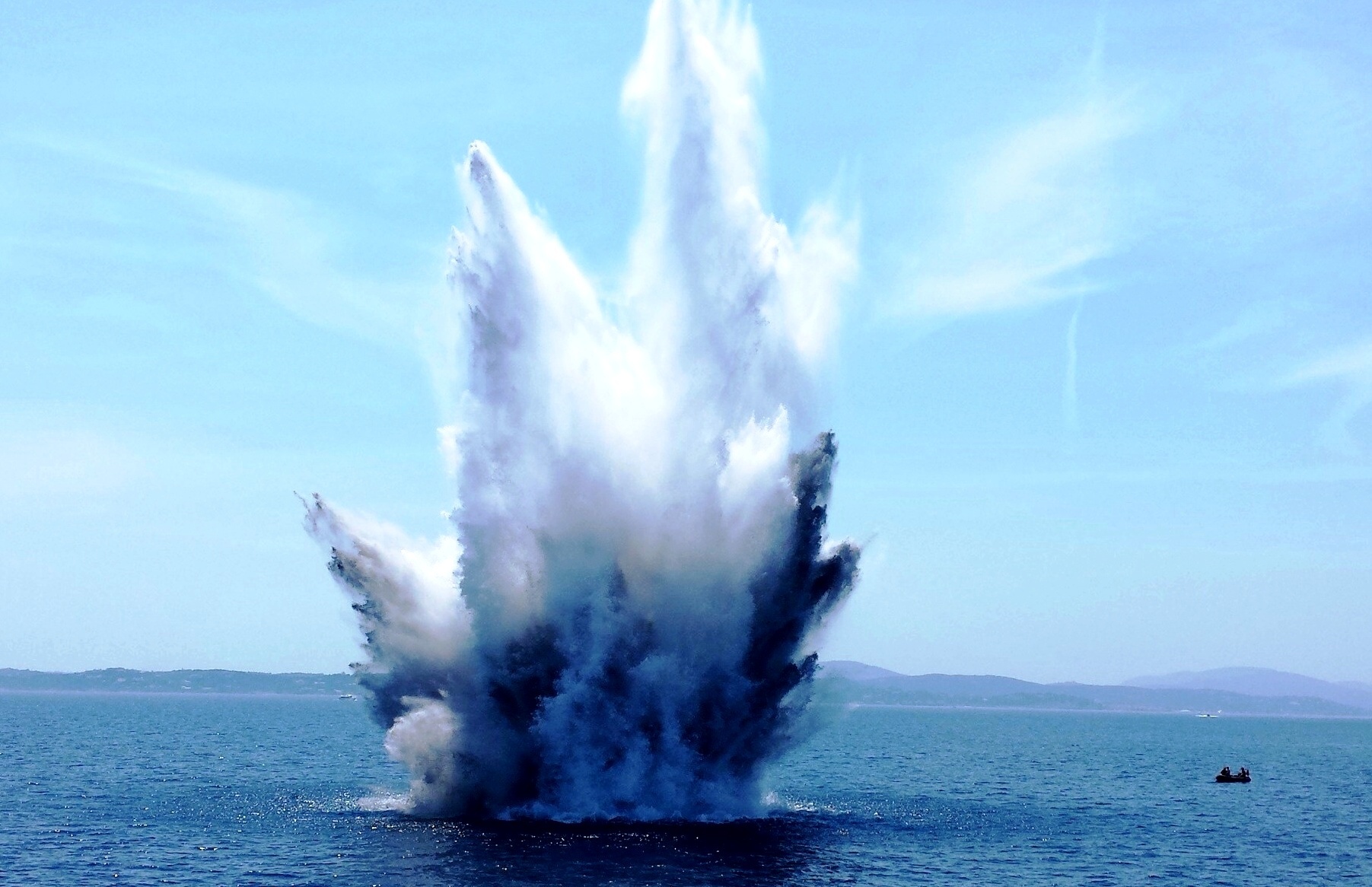
By Nathasha Wickramasinghe
Dynamite fishing, more commonly known as ‘blast fishing’, is a fishing technique where dynamite or other explosives are used to stun/kill fish. The explosions send shock waves through the water, which stuns, kills, or ruptures the fish’s swim bladder (i.e., the organ that controls their buoyancy). Once the dead fish surfaces the water, they are collected with ease and sold at fish markets.
This is a highly destructive technique as it kills any animal and flora in the blast area ranging from fish eggs, and plankton to whales and coral reefs. It completely destroys fish habitats, thereby affecting the livelihoods of fish communities.
One of the most devastating impacts of blast fishing is on coral reefs. Coral reefs are built by coral polyps which are small soft-bodied organisms that are related to anemones and jellyfish. These coral polyps secrete calcium carbonate which creates the foundation for baby corals to grow. But bomb fragments used in various explosives will completely shatter the skeleton of the coral (which is the calcium carbonate built up over time), thus reducing it to rubble. After such damage, it would usually take up to 9 – 12 years to recover coral reefs. However, it will never return to the condition it was before the disturbance. This destroys a prominent underwater habitat, home to more than 7000 species ranging from sponges, oysters, crustaceans to reef shark, sea turtles etc.
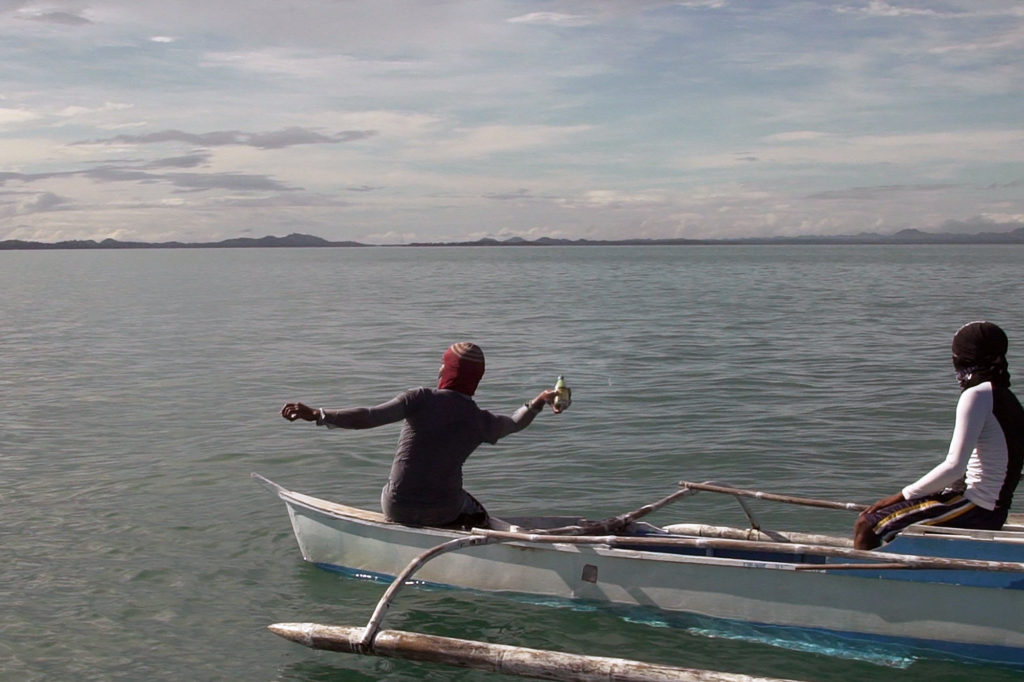
One of the most recent cases of blast fishing is in Sabah, Malaysia. Blast fishing was not a common practice as it is now post-COVID-19. This is due to the loss of the local communities’ source of income that is tourism. The situation was so devastating in Sabah that approximately 15 blasts could be heard per hour and less than 25% of the coral reef is now intact.
Furthermore, food insecurity will start to arise due to shortages of fish variety in the long run. Thus, if it is not rectified, then the quality of living standards in these coastal areas will start to fall and the inequality in terms of income and access to basic necessities like food within the community will start to rise.
As the awareness of the consequences of blast fishing is increasing, people around the world have come up with various solutions. For example, after the detrimental impacts on the coral reefs of the northern part of the islands of Borneo in Sabah, Malaysia, a Hong-Kong based non-governmental organization called ‘ Stop Fish Bombing ‘, has collaborated with a California technology company called ‘Shot Spotter’ to create gunshot locating technology that can be used to detect fish bombs underwater. The technology uses acoustic sensing, location technology, and emerging surveillance and monitoring systems, which allows the organization to easily detect any underwater disruptions. With this technology, we are able to create a global detection system, allowing us to put a stop to this illegal fishing activity around the world.
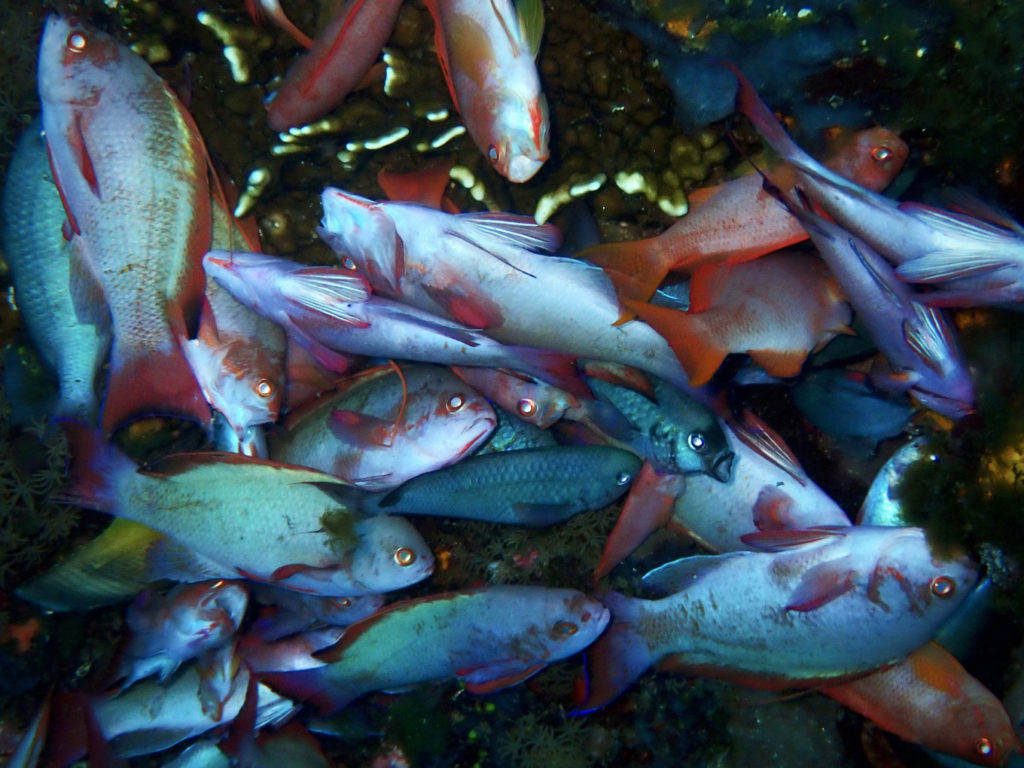
The Stop Fish Bombing organization has further collaborated with Anti Fish bombing committee of Sabah government, WWF Malaysia and Reef check Malaysia, and Sabah Environment Trust, to develop new policies that complies with the Government’s sustainable development Goal 14 (i.e., conserve & sustainably use the oceans, seas, and marine resources for sustainable development). These new policies can be imposed to stop blast fishing and ensure sustainability in the marine environment.
Another major case was the illegal practice of blast fishing in Tanzania even after banning it once again in 2003. Initially it started in the early 1960’s after begin firstly introduced by the Europeans during World war 2 and was banned in 1970.
\Blast fishing in Tanzania was banned under the revised fisheries act in 2003. The Fisheries Act states that it is an act to repeal and replace the Fisheries Act of 1970. It is to make provision for sustainable development, conservation, protection, aqua culture development and regulation of marine products. The government in 2003 further imposed a sentence of five years for dynamite fishing and 12 months just for the possession of these explosives.
Dozens of kerosene bombs were tossed into the Indian Ocean mainly along the coastlines of Mtwara to Tanga. These explosives were derived from mines/road construction firms or simply just made at home. They are very easy to make, accessible, and cheap, making the use of blast fishing more frequent. The explosives will produce an underwater shock that will rupture the fishes swim bladder. The fish will then float to the surface where the Tanzanian fisherman will scoop them up in their fishing nets.
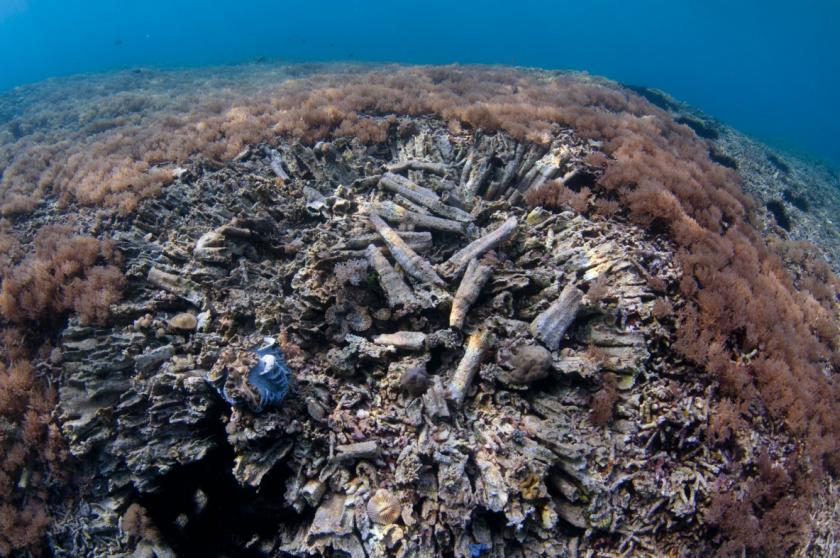
In order to reduce the impact of blast fishing, environmental organizations such as Mwambo coastal community network (non-profit organization) and Multi – Agency Task Team collaborated to target and control individuals involved in the illegal practice and seize their assets.
In addition to that, the Tanzania Blast Monitoring Network is conducting awareness campaigns within local communities, educating the young generation about the habitual destruction caused by dynamite fishing.
Today, blast fishing is prohibited in many countries around the world however, it is still a common practice in southern parts of Asia such as Malaysia and Philippines despite many laws begin enforced on this illegal practice.
Header Image: Zu Yien – Fotolia

Technological Interventions for Sustainable Coastal and Marine Management in Sri Lanka
By Hansi Perera Sri Lanka’s coastal and marine ecosystems face significant threats due to rapid urban development, climate change, and unsustainable fishing practices. To effectively

Climate Change Impacts on Fisheries and Aquaculture in Sri Lanka
By Moira Alfred Sri Lanka, a tropical nation near the equator, is heavily reliant on its fisheries and aquaculture industry. However, this island, renowned as
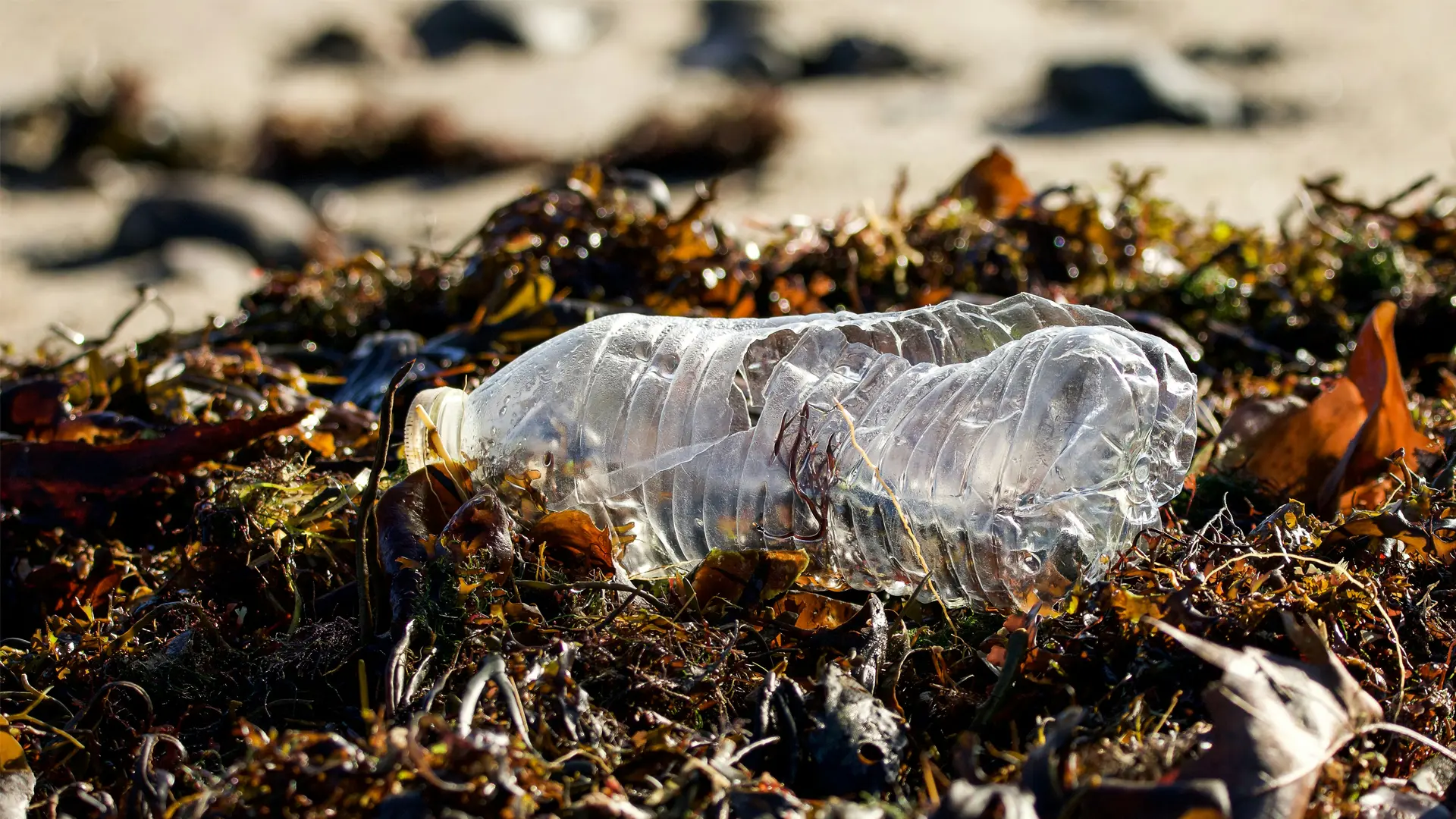
The Plastic Journey: From Oceans to Plates – Unveiling the Invisible Threat
By Dilshani Maralanda Plastic pollution has become a serious global issue, transforming our beautiful, biodiversity-rich oceans into vast dumping grounds. Unlike natural materials, plastics are
